Natural history collections
Discover some of the highlights of our Natural History collections. From birds, butterflies, and plants, to scientific models and sea life specimens, the objects in this collection reflect our historic and current relationship with the natural world both locally and across the globe.
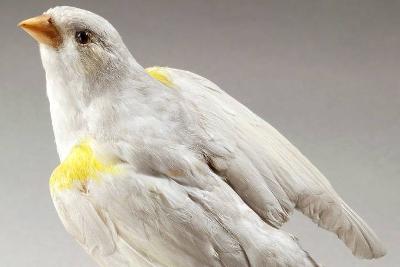
About our collections
The Natural History collections formed the bulk of the original material acquired by Norwich Museum when it was formed in 1825. Most of the early exhibits were private collections donated to the museum by its founders. Many of the early specimens were collected abroad; however current collecting policy now puts emphasis on local material.
Find out more about the history and contents of our internationally important Natural History collections in this video.
Timeline
1790
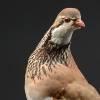
Red-legged Partridge - Also known as the French Partridge, this is the oldest piece of taxidermy in our collections. Incredibly, considering its condition, it dates from December 1790. This species was only introduced into the UK earlier that same year.
1825-59
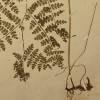
Pteridium aquilinum - Norwich Castle's botany collections include a main herbarium of 50,000 vascular plants, mostly local material, but also containing exchange specimens from elsewhere in Britain and smaller collections from abroad. John Drew Salmon (1802-1859) managed a brewery in Thetford, but was also an accomplished ornithologist and botanist who bequeathed his collection of pressed preserved plants, birds' eggs and natural history diaries to Norwich Museum.
1890
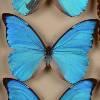
Butterflies - The Fountaine-Neimy Collection of world-wide butterflies was collected by Margaret Fountaine and Khalil Neimy from about 1890 to 1940. The collection contains 22,000 butterflies, most of which were bred from eggs or caterpillars, and are therefore in exceptionally fine condition.
Mid 19th century to early 20th century
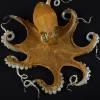
Octopus - Inspired by new scientific discoveries, Leopold Blaschka (1822-1895) and his son Rudolf (1857-1939) created glass creatures that are at the crossroads between science and art. Despite only having around 20 individual models, Norwich Castle has one of the most important Blaschka collections in the UK.
1914-18
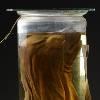
Preserved in formalin - Some natural history specimens cannot be dried successfully so they are 'pickled' in jars of formalin or alcohol. This applies to most of the marine and freshwater species, as well as terrestrial groups like woodlice, centipedes, spiders and worms, as well as some muscle tissue amphibians and foetuses.
The Fountaine-Neimy Butterfly Collection
In this video, Curator of Natural History and Geology, Dr David Waterhouse, introduces the stunningly beautiful Fountaine-Neimy collection of butterflies, collected between 1892 and 1940.










